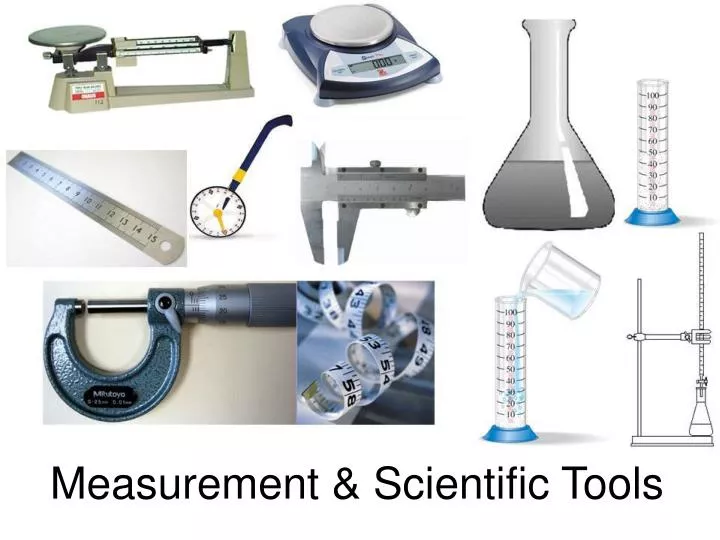A Scientific measurement is a result of a scientificprocessorexperiment, usuallyexpressedinnumbersor standard units, that you obtain by measuring something. The scientific name for materialMaterial or Matter is anything which has mass and occupies s... More is ‘matter’.All the matter occupies space and has what is called‘mass’. Many properties of matter arequantitative; that is, they are associated with numbers. When a number represents a measured quantity, the units of that quantity must always be specified.

To say that the length of a pencil is 17.5 for example, is meaningless. However, to say that it is 17.5 centimetres (cm) properly specifies the length. The units used forscientific measurementare those of the metric system. Matter can be measured in terms of time, length and mass.
The metric system, which was first developed in France during the late eighteenth century, is used as the system of measurement in most countries throughout the world.
Table of Contents
SYSTÈME INTERNATIONAL D’UNITÉS
In the past, many countries followed their own system of measurement and units. To avoid inconveniences that would result from this difference, a common scientific system of units of measurements became necessary. In 1968, a group of scientists from different countries met at ‘the conférence Générale des Poids et des Mesures (CGPM)’ (General Conference on Weight and Measures).
The system they recommended came to be knownas ‘système International d’Unités’ (International System of units) shortened toS.I. unitsS.I. units or Système International d’Unités. A complete... More.The system uses seven base units and all others units are derived from these base units by multiplying or dividing one unit by another without introducing a numerical factor.
NAMES AND SYMBOLS FOR BASE S.I. UNITSS.I. units or Système International d’Unités. A complete... More.
Physical quantity | Name of Si base unit | Symbol for unit |
Length Mass Time Electric current Thermodynamic temperature Luminous intensity Amount of substance | Metre Kilogramme Second Ampere Kelvin Candela Mole | m kg s A K cd mol |
Base quantities and units

DERIVED UNITS
Most of the units commonly used are a combination of the basic units. There are given in the table below
Quantity | Unit | Symbol |
VelocityVelocity is the rate of change of displacement with time and... More Acceleration ForceIn physics, a force is any influence that causes a free body... More EnergyEnergy is the property of matter and radiation which is mani... More FrequencyFrequency is the number of occurrences( repetition or oscill... More Angle Area Volume Density Momentum Pressure PowerPower in physics is the rate of doing work; measured in watt... More Electric charge Potential difference ResistanceResistance is any mechanical force that tends to retard or o... More Capacitance | metre per second Metre per second squared Newton Joule Hertz RadianRadian is the unit of plane angle adopted under the Système... More Square metre Cubic metre Kilogramme per cubic metre Kilogramme metre per second Pascal Watt Coulomb Volt Ohm Farad | m/s m/s2 N or kg·m/s2 J or kg·m2/s2 Hz rd m2 m3 Kg/m3 Kg·m/s Pa W or N·m/s C V Ω F |
Derived quantities and units
